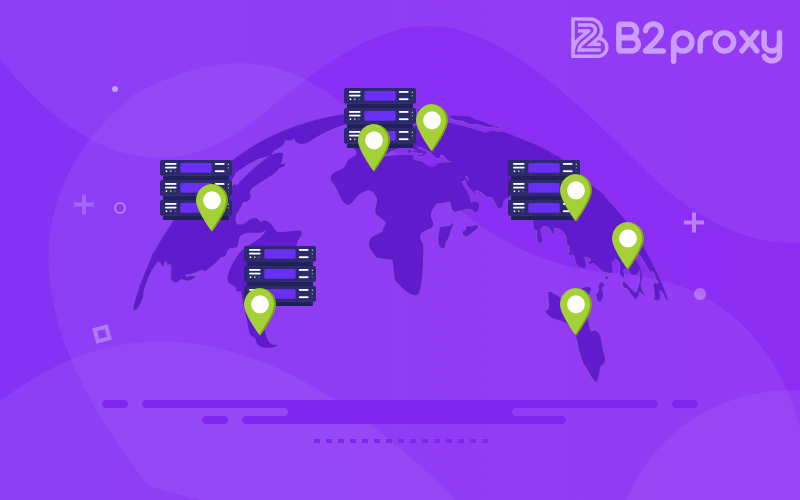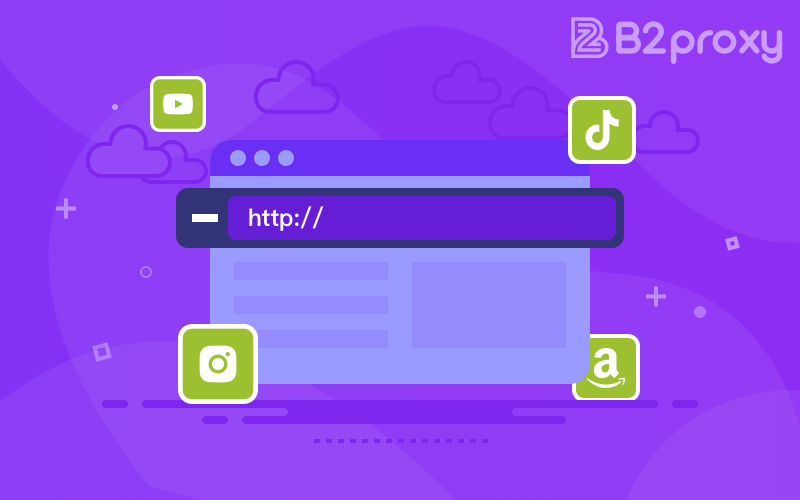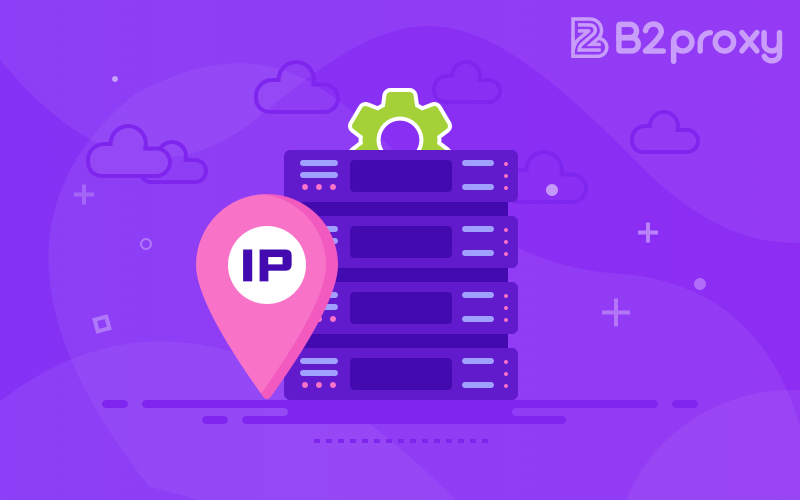SOCKS5 vs. HTTP Proxy: Core Differences and Application Scenarios Explained
 March 27.2025
March 27.2025

<p style="line-height: 2em;"><span style="text-wrap: nowrap;">When building an enterprise network architecture, choosing the right proxy protocol is crucial; SOCKS5 and HTTP are two mainstream proxy solutions, each with unique technical characteristics and application scenarios. In this article, we will analyze the core differences between these two protocols to help enterprises make a wise choice based on actual business needs.</span></p><p style="line-height: 2em;"><span style="text-wrap: nowrap;"><br/></span></p><p style="line-height: 2em;"><span style="text-wrap: nowrap;">Comparison of Protocol Structure and Technical Characteristics</span></p><p style="line-height: 2em;"><span style="text-wrap: nowrap;"><br/></span></p><p style="line-height: 2em;"><span style="text-wrap: nowrap;">SOCKS5 proxies are designed with a common socket layer that demonstrates excellent protocol compatibility. This proxy solution, which works at the OSI model session layer, can seamlessly handle all types of network traffic, including TCP and UDP protocols. Game developers especially favor SOCKS5's full packet transfer capability, ensuring that real-time game data is not interrupted. Video conferencing systems also benefit from its support for the UDP protocol, enabling smooth HD video transmission.</span></p><p style="line-height: 2em;"><span style="text-wrap: nowrap;"><br/></span></p><p style="line-height: 2em;"><span style="text-wrap: nowrap;">The HTTP proxy focuses on application-level optimization to provide fine-grained control of web content. This HTTP-based proxy solution has a built-in intelligent caching mechanism that significantly improves web page loading speed. Content filtering makes it ideal for enterprise network management, allowing administrators to precisely control employee access rights. E-commerce platforms utilize the request rewriting capability of the HTTP proxy to achieve precise delivery of regionally customized content.</span></p><p style="line-height: 2em;"><span style="text-wrap: nowrap;"><br/></span></p><p style="line-height: 2em;"><span style="text-wrap: nowrap;">Performance and Security Analysis</span></p><p style="line-height: 2em;"><span style="text-wrap: nowrap;"><br/></span></p><p style="line-height: 2em;"><span style="text-wrap: nowrap;">In terms of transmission efficiency, SOCKS5 demonstrates a clear technical advantage. By not parsing application layer data, SOCKS5 proxies typically have 30%-40% lower forwarding latency than HTTP proxies, a feature that P2P file sharing applications take full advantage of to achieve high-speed and stable data transfer. IoT device manufacturers also favor the SOCKS5 protocol to ensure efficient communication between devices and control servers.</span></p><p style="line-height: 2em;"><span style="text-wrap: nowrap;"><br/></span></p><p style="line-height: 2em;"><span style="text-wrap: nowrap;">HTTP proxies offer unique value in terms of security. Deep content inspection provides additional protection for corporate networks by identifying and blocking malware downloads, and SSL blocking technology allows security teams to scrutinize encrypted traffic and identify potential threats in a timely manner. The financial industry places special emphasis on the granular access control features of HTTP proxies to ensure the secure transmission of sensitive data.</span></p><p style="line-height: 2em;"><span style="text-wrap: nowrap;"><br/></span></p><p style="line-height: 2em;"><span style="text-wrap: nowrap;">Typical Application Scenarios and Suggestions</span></p><p style="line-height: 2em;"><span style="text-wrap: nowrap;"><br/></span></p><p style="line-height: 2em;"><span style="text-wrap: nowrap;">SOCKS5 proxies have demonstrated excellent adaptability in many areas. Multinational enterprise VPN solutions commonly use SOCKS5 protocol to realize stable access for global employees. Blockchain node communication relies on SOCKS5 protocol dependency to ensure reliable operation of distributed networks. Smart home systems utilize SOCKS5's persistent connectivity to maintain real-time interaction between devices and cloud platforms.</span></p><p style="line-height: 2em;"><span style="text-wrap: nowrap;"><br/></span></p><p style="line-height: 2em;"><span style="text-wrap: nowrap;">HTTP proxies are irreplaceable in certain scenarios. Search engine crawlers rely on the HTTP proxy's request header control to simulate different device access. Ad validation platforms use their precise geolocation capabilities to test the effectiveness of regional ad placements. Intranet security audits track employee network behavior with complete logging of HTTP proxies.</span></p><p style="line-height: 2em;"><span style="text-wrap: nowrap;"><br/></span></p><p style="line-height: 2em;"><span style="text-wrap: nowrap;">Selection decisions should be based on three key dimensions: protocol requirements, SOCKS5 is the preferred choice when multiple protocols need to be supported; performance requirements, SOCKS5 is suitable for low-latency applications, while HTTP proxies are preferred in scenarios where content optimization is required; and HTTP proxies provide finer-grained control of content for security considerations. With the development of technology, new hybrid proxy solutions are emerging, combining the advantages of both protocols to provide enterprises with more intelligent proxy services.</span></p><p><br/></p>
You might also enjoy

How to Use IP Proxies to Avoid Social Media Bans: A Detailed Guide to Use Cases
Learn how to use socks5 proxies and smart Proxy list management to avoid social media bans, enhance account safety, and ensure stable multi-account operations.
October 20.2025
In-Depth Analysis: The Differences and Connections Between IP Proxies and VPNs
Explore the key differences and connections between anonymous proxy and VPN, how they impact privacy, speed, and security, with B2Proxy leading smart protection
October 20.2025
Cybersecurity Threats and Development Strategies in the Proxy Market
This article explores cybersecurity risks and proxy market trends, showing how secure ip proxy management enhances privacy, efficiency, and online protection.
October 19.2025







